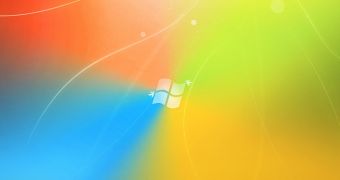Windows continues to be the number one operating system for the traditional desktop computer and laptops, but statistics show that things could change in the coming years if the same trend is maintained.
Microsoft’s well-known operating system has dropped below the 90 percent market share for the first time since the mid-‘90s when the company officially rolled out Windows 95 and started taking over the desktop world.
Unfortunately, the world is changing and Windows is seeing increased competition on the desktop as well, a market which it has clearly dominated for more than 20 years.
SeekingAlpha figures published today and provided by two independent market researchers for the month of March 2014 confirm that Windows has less than 90 percent of the desktop world, while Mac OS X has finally managed to reach a record 8 percent share.
NetMarketShare claims that Windows is now powering 89.96 percent of the desktops worldwide, while StatCounter puts Microsoft’s operating system at 89.22 percent.
If you’re asking Windows XP users, these figures are not at all surprising, especially because Microsoft has failed to come up with a new operating system that would convince users to upgrade.
The latest versions of Windows brought to the market, namely Windows 8 and 8.1, have caused quite a controversy among users, mostly due to Redmond’s decision to remove some traditional features (such as the Start button) and focus on an approach that’s more appropriate for touch-capable devices.
As a result, the PC market continued its decline and both Windows 8 and 8.1 failed to excite, with consumers preferring to stick to their existing Windows versions or, in some cases, to move to other platforms, such as Linux and Mac OS X.
We’ve also heard from Windows XP users that some prefer to wait for Windows 9 before moving to modern Windows, pointing to the lack of excitement in Windows 8 and 8.1 as the main reason.
The problem for Microsoft however is the fact that users are going to non-Microsoft platforms, especially because competition in the desktop world is getting fiercer. This means that Redmond clearly needs to come up with some fresh ideas and bring back users on Windows, especially on the traditional desktop, which clearly remains the company’s priority despite its increased focus on tablets.
The new CEO Satya Nadella clearly has a difficult mission, but let’s just hope that together with Bill Gates, he will manage to bring back Windows in everyone’s lives.

 14 DAY TRIAL //
14 DAY TRIAL //